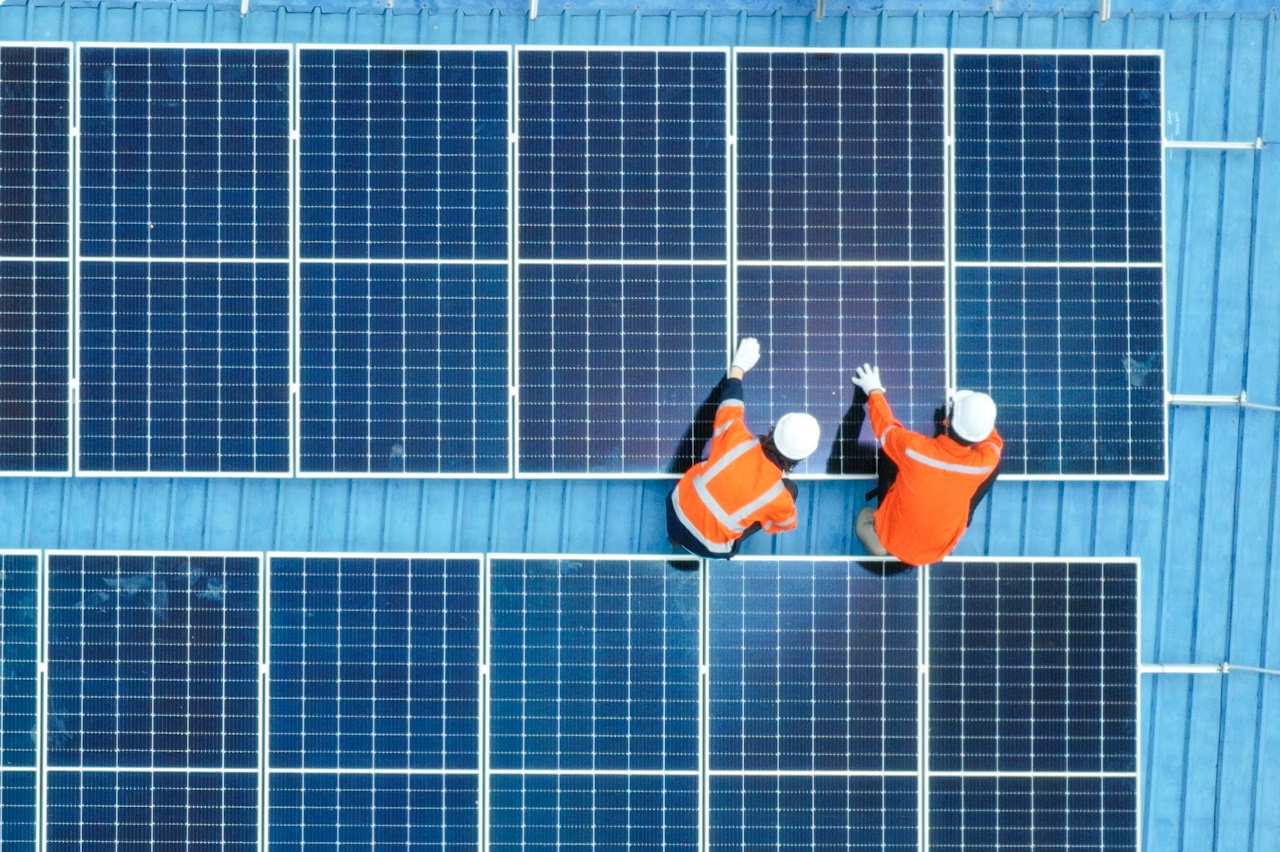Can Natural Hydrogen Fuel the Future for Hundreds of Years?

As the world races toward decarbonization and sustainable energy solutions, a new frontier is capturing the attention of scientists, governments, and energy giants alike: natural hydrogen—also known as “gold hydrogen” or “white hydrogen.” Unlike hydrogen produced through energy-intensive industrial processes, this form of hydrogen is generated naturally in the Earth’s crust and could potentially offer an abundant, zero-carbon energy source.
Recent discoveries in countries like France, Australia, Mali, the U.S., and Russia have revealed naturally occurring underground hydrogen reservoirs, sometimes in significant concentrations. In 2023, a major breakthrough in Lorraine, France, estimated up to 250 million tonnes of hydrogen trapped beneath the surface—enough to supply France’s energy needs for decades.
A Potential Global Game-Changer?
What sets natural hydrogen apart is its sustainability and cost advantage. Unlike green hydrogen, which requires electricity (often from renewable sources) to extract hydrogen from water, natural hydrogen emits no CO₂ and requires far less energy to extract, making it a cleaner and potentially cheaper solution.
According to early geological models, Earth’s interior may continuously generate hydrogen through natural chemical reactions like serpentinization—meaning these reserves could be renewable on geological timescales. Some estimates suggest that tapping into even a fraction of global reserves could supply clean energy for centuries, fundamentally reshaping the world’s energy landscape.
Challenges Remain
Despite the promise, there are significant hurdles. The exploration and mapping of natural hydrogen deposits is still in its infancy. Drilling technology, regulatory frameworks, and economic models for commercial extraction are under development. In many countries, hydrogen is not even classified as a mineral resource yet, complicating investment and licensing.
Moreover, questions remain about how scalable and geographically widespread these reservoirs truly are. Early findings are encouraging, but a few dozen successful test wells do not yet confirm a globally exploitable resource.
The Race Has Begun
Still, momentum is building. Energy companies and startups are racing to secure exploration licenses and develop pilot projects. Governments, especially in Australia, Europe, and West Africa, are increasingly supporting research into natural hydrogen as part of their clean energy strategies.
If ongoing exploration proves successful, natural hydrogen could join wind, solar, and nuclear as a key pillar of a carbon-free energy future—providing reliable, storable, and transportable power at scale.
Conclusion
Could natural hydrogen really power the planet for centuries? The science is promising, the interest is growing, and the early signs suggest that it just might. But turning this underground phenomenon into a global energy revolution will depend on technology, investment, and political will.
One thing is clear: natural hydrogen is no longer a scientific curiosity—it’s a potential energy revolution waiting to be tapped.




















